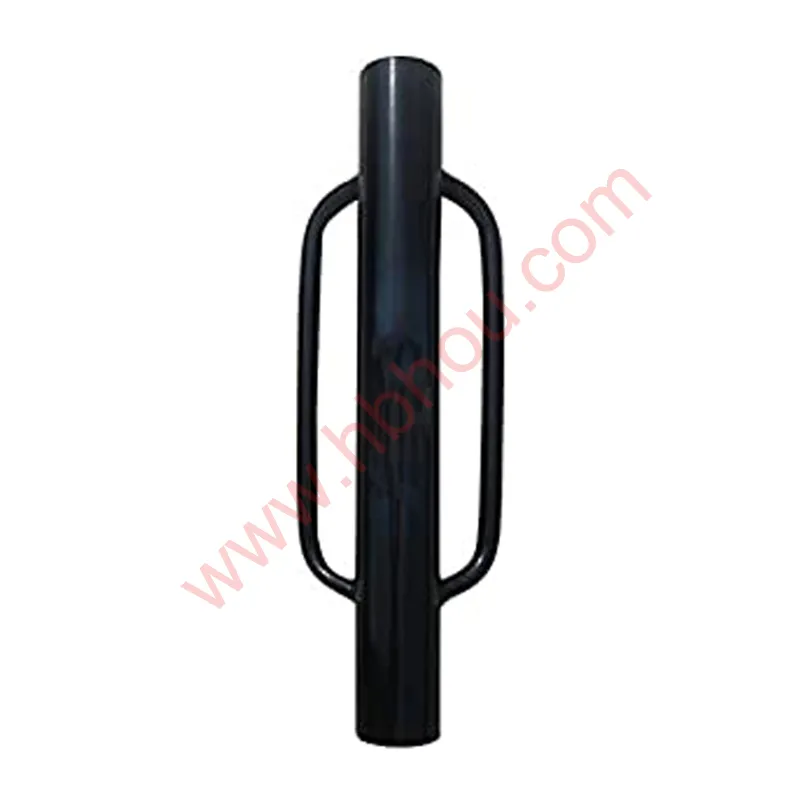The Metal Pole Anchor A Vital Component for Stability and Durability
In various construction and engineering applications, the stability and durability of structures are paramount. One essential element that contributes significantly to these qualities is the metal pole anchor. These anchors are designed to provide support and stability to poles used in numerous environments, such as light poles, utility poles, flagpoles, and even certain types of signage. This article explores the importance, design, materials, and installation process associated with metal pole anchors.
Importance of Metal Pole Anchors
Metal pole anchors play a crucial role in ensuring that poles remain upright and securely grounded, especially in areas subjected to high wind loads or seismic activities. The safety of structures such as telecommunications towers, streetlights, and electrical poles significantly depends on their foundation. A robust anchor system minimizes the risk of pole failure, which in turn prevents potential hazards, such as falling objects or electrical outages. Moreover, metal pole anchors are particularly advantageous in regions with challenging soil conditions, as they offer superior holding power compared to conventional concrete foundations.
Design Considerations
When designing a metal pole anchor, several factors must be taken into account. These include the type of pole being supported, environmental conditions, soil characteristics, and load specifications. Generally, metal pole anchors are designed in various shapes, including helical, plate, or screw anchors, each suited to different applications.
Helical anchors, for example, are known for their ability to provide strong resistance against vertical and lateral forces. They are twisted into the ground, allowing for easy installation and less soil disturbance. On the other hand, plate anchors are often used in applications where immediate loading is required. They are typically set in concrete and provide excellent stability. The choice of anchor design significantly impacts the overall structural integrity and longevity.
metal pole anchor

Materials Used
The materials used for metal pole anchors are a critical factor influencing their performance and durability. Most are constructed from high-strength steel, which ensures resistance to corrosion and rust, essential for outdoor applications. Depending on the required specifications, manufacturers may apply galvanization or powder coating to the anchors to further enhance their resistance to environmental factors. Stainless steel is another option, especially for coastal applications where saltwater corrosion can be an issue.
Installation Process
Installing metal pole anchors requires careful planning and execution to ensure optimal performance. Before installation, proper site assessment and soil testing are crucial to determine the most suitable anchor type and depth. Once the design specifications are confirmed, the installation process can begin.
For screw anchors, the installation typically involves using specialized equipment that allows the anchor to be turned into the soil at a predetermined angle. For helical anchors, the use of hydraulic machinery is common, as it helps in driving the anchor deep into the ground while ensuring accurate positioning. After the anchors are securely in place, the poles can be erected and attached, ensuring they remain stable and functional.
Conclusion
Metal pole anchors are indispensable components in modern construction and infrastructure development. They provide essential stability and durability, ensuring that poles remain upright and secure under various environmental conditions. Through thoughtful design, high-quality materials, and precise installation, metal pole anchors greatly enhance the safety and reliability of structures that serve vital roles in our daily lives. As we continuously seek to improve safety standards and construction practices, the significance of metal pole anchors will undoubtedly remain a focal point in engineering discussions and implementations.
















